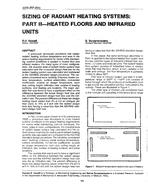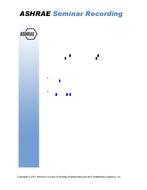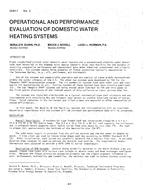Smoke control in high-rise buildings is of great concern but challenging because of the complexity of the coupled phenomena of smoke movement and heat transfer during fires. The control of smoke movement, especially through vertical shafts, is one of the major tasks of high-rise fire protection. It depends on the determination of the amount of fire smoke entering the shafts in terms of mass flow rates, the smoke temperature and pressure profiles. The information can be acquired from numerical analysis, e.g. using computational fluid dynamics, which is however often limited by computer resources required for the analysis of such large buildings. The design of building smoke control system thus often relies on simple methods, e.g. hand calculations. Most of current hand calculations for high-rise shaft smoke control do not consider fire temperature, smoke temperature and/or smoke mass flow rate due to a lack of analytical solution to the smoke movement through the shaft. The aim of this paper is to present a hand calculation method of high-rise smoke movement based on an analytical model and its solution to the coupled heat and mass transfer through an airtight single shaft. First, we present the analytical model of a shaft with smoke driven by stack effect. The hand calculation method is then demonstrated for a 40-story building with a fire located at the 1st floor. It was found that the smoke temperature in the shaft is determined by temperature attenuation coefficient. The method only needs a few hand calculation iterations to obtain the analytical solution to the smoke movement in the high-rise shaft studied.
Citation: ASHRAE Papers CD: 2014 ASHRAE Annual Conference, Seattle, WA
Product Details
- Published:
- 2014
- Number of Pages:
- 8
- File Size:
- 1 file , 2.6 MB
- Product Code(s):
- D-SE-14-C052


